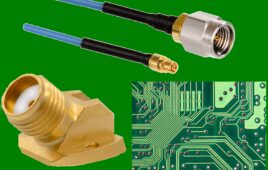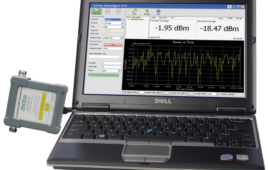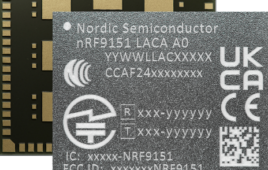Rohde & Schwarz has announced the availability of test solutions for the Broadcom® Max WiFi chipset portfolio, the industry’s first complete ecosystem of 802.11ax WiFi devices. In collaboration with Broadcom Limited, Rohde & Schwarz has successfully verified its market-leading R&S CMW test platform for the IEEE 802.11ax ecosystem, enabling wireless OEMs and ODMs to use Broadcom Max WiFi chipsets for R&D, quality control, and production prototyping.
Next generation WiFi, based on the IEEE 802.11ax standard, offers speed, capacity, coverage and battery-life improvements in congested environments. It uses technologies such as uplink/downlink orthogonal frequency division multiplexing access (UL/DL OFDMA), multi-user multiple input multiple output (MU-MIMO) and target wake time (TWT). These technologies pose challenges for test and measurement equipment. The T&M instruments from Rohde & Schwarz have been qualified for characterizing Broadcom Max WiFi chipsets, both at the RF level for tests such as error vector magnitude (EVM), timing measurements and spectrum emission compliance, and at the protocol level for testing features such as multi-user scheduling, application services and network management. Through the Broadcom manufacturing test license program, Rohde & Schwarz is able to develop software for Broadcom Max WiFi chipsets and provide full 802.11ax test solutions to OEMs and ODMs.
The R&S FSW signal and spectrum analyzer and R&S SMW200A vector signal generator allow EVM tests well below –50 dB, providing the industry’s best performance for R&D testing. The R&S CMW270 wireless connectivity tester is another instrument licensed for Max WiFi testing based on its real WLAN network emulation for IEEE 802.11a/b/g/n/ac/ax. The tester can verify and debug devices from the physical to the application layer within the OSI model.
In addition, the R&S CMW100 communications manufacturing test set is recognized by Broadcom as the market-leading production tester. It provides multi-standard and multi-DUT capabilities for production environments, including test coverage, speed, efficiency and yield.




